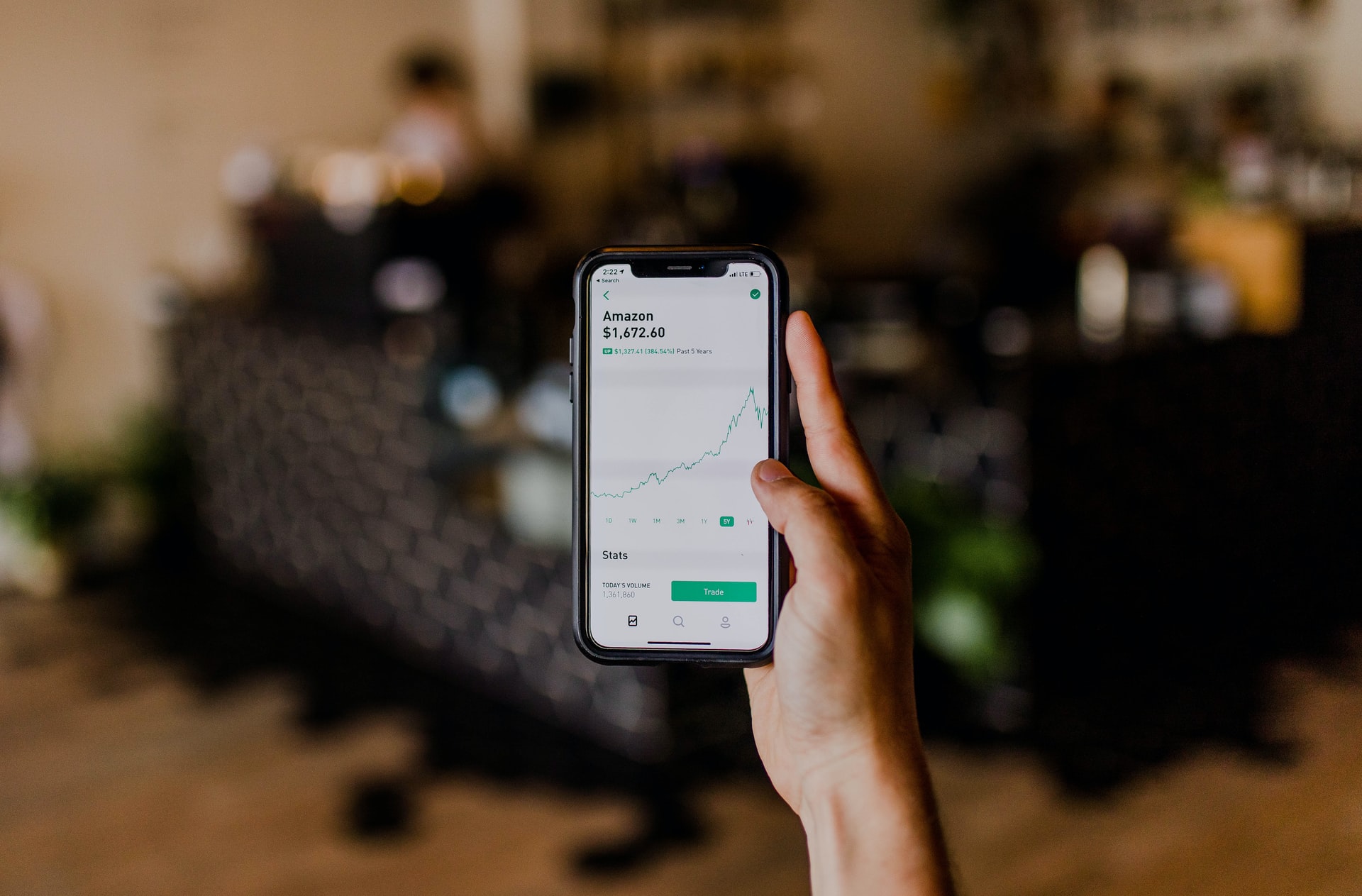
When trading, you need to understand the market and identify different opportunities. Whether you deal in cryptocurrency or Forex trading, having the latest information about the market is essential. Based on such information, you can predict future conditions and make informed decisions. To obtain data and analyze the market, you need to follow different approaches. When entering the market, you are unaware of suitable strategies and approaches. Even if there is no fixed rule, you must understand the basic principles of placing the trade of CeFi crypto. Knowing these principles will help you design and revise your plans according to shifting market behavior. As a result, you will consistently follow the right direction.
There is no doubt that trading is a demanding activity, especially when you have to keep an eye on the movement in the market. You need to invest time and effort to perform tasks such as obtaining data, generating valuable insights, and making a decision that works. To make these challenging tasks simple, we are highlighting some steps that you can implement to get started. So, let’s start by planning a setup:
- Choose Your Trading Setup
Coming up with a trading setup will give you a reason to trade. But, what is a setup? Well, a setup involves normal conditions that will keep your focus on your trade. For instance, if you follow a trend, you need to be available on platforms where you can access the latest trends. You can define your trading plan by understanding tradable trends. So, if you cannot find a trend to trade, you can avoid investing. You can understand the concept with this example. Suppose you trade in stocks and notice the increase in the overall price of the stock. You will have a different trend setup than when there isn’t any change. However, you need to understand if the market is favorable to trade by analyzing the factors affecting the shift.
- Identify Your Trade Trigger
Even when you follow trends, you need to identify the trade triggers. Using trade triggers, you can spot the best time to trade. You need an event to make an effective decision. For instance, if your trade trigger is an uptrend movement of the stock, you will consider it as an opportunity to trade. It isn’t necessary that every trader trade in an uptrend or when the stocks are on the new highs. Some also purchase stocks when they notice a pullback in the prices. Both of these triggers follow different strategies. Therefore, you need to identify trade triggers depending on your strategies.
- Manage Your Stop-Loss Order
Setting up tools and choosing your triggers is not enough to start a good trade. You must understand the risk for every decision. To manage the risk, you should place a stop-loss order. This technique will help you minimize your losses and maximize profits. There are numerous ways to use the stop and loss method and create a balance between loss and profit. Many traders, during long trades, place a stop-loss after a recent low swing. However, for a short trade, they place the stop loss after a recent high swing.
- Select Your Price Target
Subsequently, choose a profit potential for your trades. Remember that setting up a profit target requires measurable conditions. Randomly placing the price target will get you nowhere better while trading. Using trend channels and chart patterns, you can identify the price and tendency of the market to increase or fall back. For instance, you can set a price target on the top channels if you want to buy the bottom ones.
- Calculate Your Reward-to-Risk
Focus on shifting your trades where the profit potential has 1.5 times greater risks. For instance, if your stop-loss is on losing $100, you should concentrate on making $150 or more. This would be your target price. Your profit potential should always outweigh the risk. Always avoid trading when the profit potential is lower or similar to the risk. Keep in mind that despite your efforts, avoiding a bad trade is as important as trading on good ones. So never stop your efforts and wait for a suitable time to trade.
Conclusion
You might have heard the popular proverb, “the trend is your friend.” It indicates the importance of updating your knowledge according to the shift in the market. While the statement applies to many investment avenues, it is apt for trading investors as well. Keep in mind that successful investors have complete knowledge about the momentum of the market. It is not possible to plan your next move when you are unable to understand the swing in the value of the instruments. Therefore, understand the market conditions and trade when the trends are favorable.



